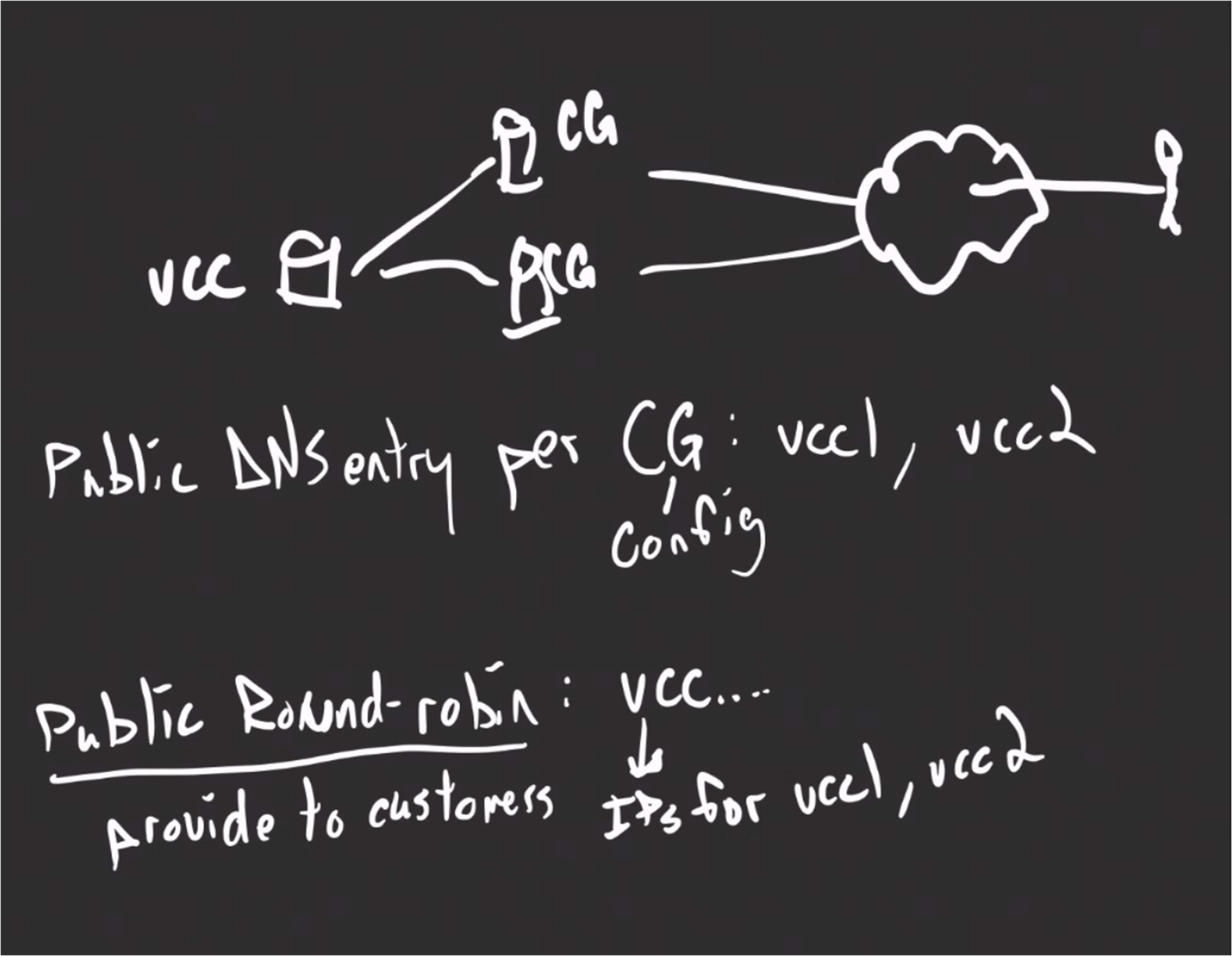I want to revisit a discussion I’ve had before about the best DNS configuration for Veeam Cloud Connect.
What is common is that there is a common DNS name given to the customers for which multiple A records are created. This provides the round robin load balancing for the cloud gateways.
I’ve heard two ways of creating the DNS records for the gateways.
- A records for each gateway
- CNAME pointing back to the common DNS name
I know I had seen some documentation supporting the CNAME option before but I can’t seem to find it now.
I’m asking this in context of pushing out VSPC Agents. I’m not sure I fully understand how the Agents communicates back to the VSPC and connects the Agent Backups or VBR to the service provider. I am seeing in some instances that it adds a service provider to the VBR but using one of the gateway DNS entries and not the common DNS entry.
Best answer by MicoolPaul
View original




